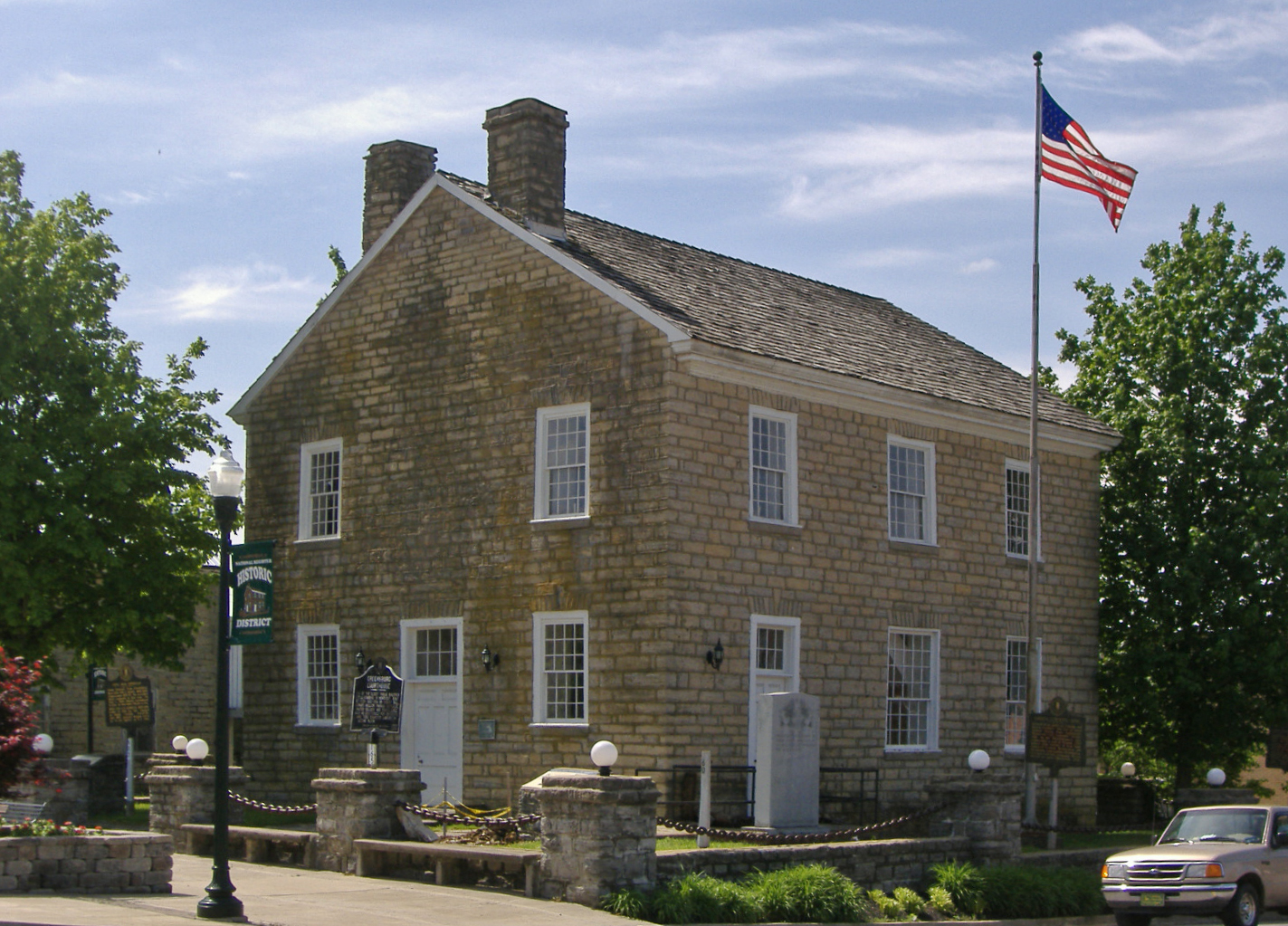- Downtown Greensburg Historic District (Kentucky)
Infobox_nrhp | name =Downtown Greensburg Historic District
nrhp_type = hd
caption =
location=Greensburg, Kentucky
locmapin = Kentucky
area =
built =1792
architect= multiple
architecture= Early Republic, Late 19th And 20th Century Revivals
added =February 28 2003
governing_body = Local
mpsub=Green County MRA
refnum=02001466cite web|url=http://www.nr.nps.gov/|title=National Register Information System|date=2007-01-23|work=National Register of Historic Places|publisher=National Park Service] Infobox_nrhp | name =Old Courthouse
nrhp_type =

caption = Old Courthouse
location=Greensburg, Kentucky
lat_degrees = 37
lat_minutes = 15
lat_seconds = 38
lat_direction = N
long_degrees = 85
long_minutes = 30
long_seconds = 4
long_direction = W
locmapin = Kentucky
area =
architect= Unknown
architecture= No Style Listed
added =April 10 1972
governing_body = Local
refnum=72000533cite web|url=http://www.nr.nps.gov/|title=National Register Information System|date=2007-01-23|work=National Register of Historic Places|publisher=National Park Service]The Downtown Greensburg Historic District in
Greensburg, Kentucky , the county seat of Green County, is a historic district on theNational Register of Historic Places . It consists of 47 contributing properties.Greensburg was founded in 1794. The town site was originally called Glover's Station, named after its founder John Glover in 1779.Fact|date=June 2008 The name change was due to the founding of Green County, and renaming the town to reflect the county's name. The county name was to honor
American Revolutionary War GeneralNathaniel Greene . [ [http://www.uky.edu/KentuckyAtlas/ky-greensburg.html Greensburg, Kentucky ] ]Due to their proximity to the Cumberland Trace, the town and the county grew rapidly. Green County's population jumped from 1,000 in 1790 to 6,096 in 1800, 6,735 in 1810, and 11,943 in 1820, with its highest population being 14,212 in 1840, when the county included what is now Taylor County. [ [http://www.nr.nps.gov/iwisapi/explorer.dll?IWS_SCHEMA=Cover&IWS_LOGIN=1&IWS_REPORT=100000008 Green County MRA NRHP form] ]
Most of the buildings in the district are of Federal or
Greek Revival architectural style. Due to the heyday of the town and county being between 1794 and 1840, almost all the outstanding architecture is pre-1840, as after that year the population decreased in favor of other areas in Kentucky, as the Cumberland Trace gave way to railroads and steamboats for transportation. Although it escaped any conflict during the Civil War, it still was impacted by the economic downturn felt by the rest of Kentucky after the War. It also means that the basic structure of Kentucky seats built around 1800 is largely intact. [Green County MRA NRHP form]The center of the historic district features the old courthouse, which was separately on the National Register 31 years before the district itself. It was the second courthouse the county had. It was built by five men between 1802-1804, and was used for 130 years, ceasing to be an active courthouse in 1931. The Jane Todd Crawford Library was on the second floor. It is the oldest courthouse west of the
Allegheny Mountains . Thelimestone used in its construction was quarried locally. [ [http://www.greensburgonline.com/historyheritage.asp City of Greensburg ] ] [ [http://www.uky.edu/KentuckyAtlas/ky-greensburg.html Greensburg, Kentucky ] ]Gallery
References
Wikimedia Foundation. 2010.
